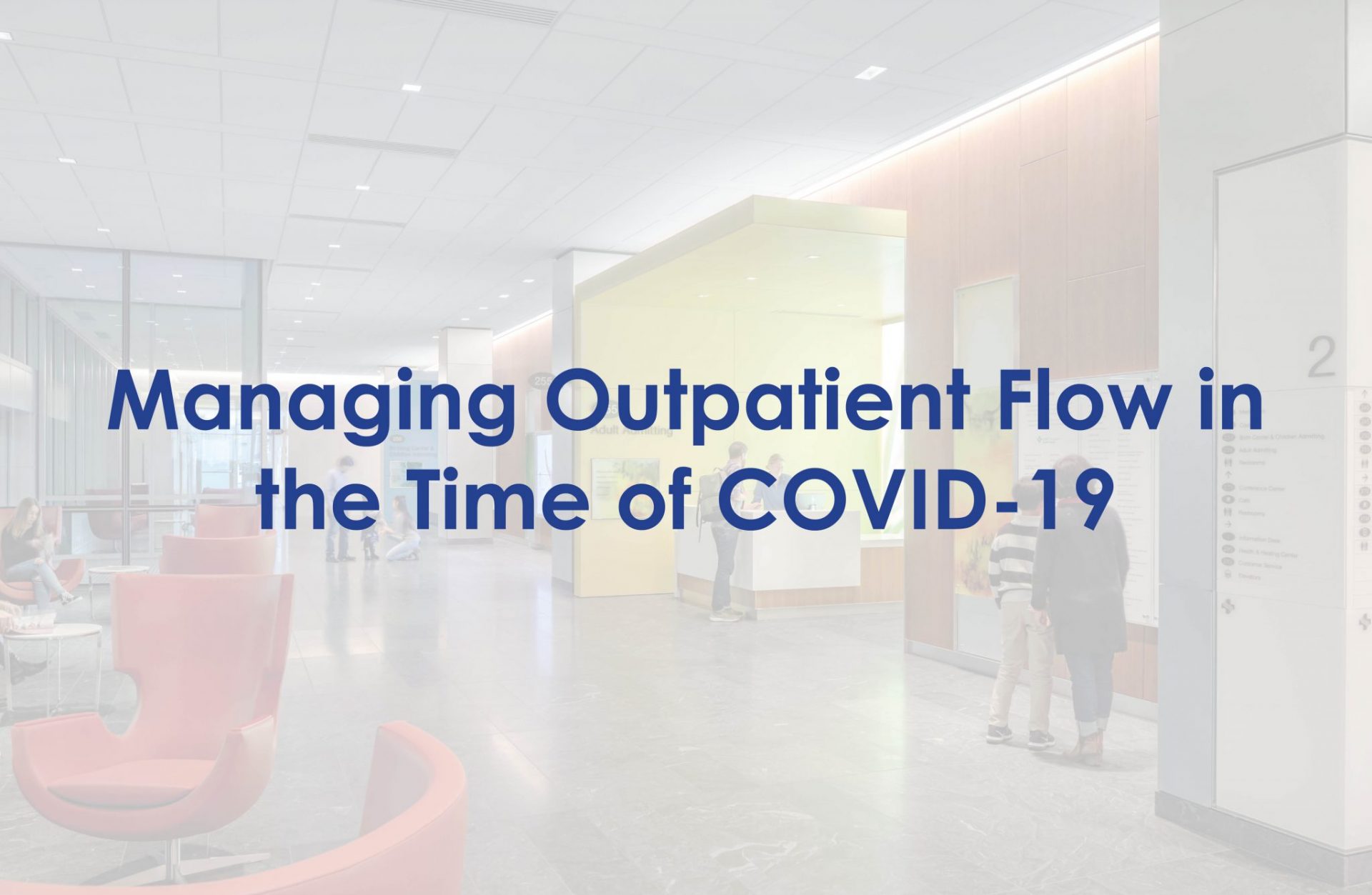
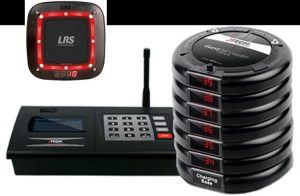
Figure 1: LRS Guest Pager Pro and HME Restaurant Guest Paging System
As usual, there is both a short-term and a longer-term solution to this question. In the short term, we recommend our clients look at the restaurant industry. Traditionally, to allow guests to walk around the mall or wait in their cars until their table is ready, mall restaurants have provided waiting diners with physical pagers like those shown in Figure 1. These are inexpensive (less than $1,000 for the whole system), relatively long-range so the diner can explore the whole mall, and familiar to almost anyone who has eaten out in the last few years. Accordingly, these pagers are a familiar technology and would not require a learning curve for a healthcare provider’s patients if deployed in a medical office building. However, pagers are a stand-alone system (i.e., not integrated with the healthcare organization’s other systems) and require a patient to visit a registration desk or similar location to pick up and drop off the pager. The pager also needs to be sanitized between uses, and some patients suffer the fear of missing out (FOMO) that the pager simply “didn’t go off” and return to the desk frequently.
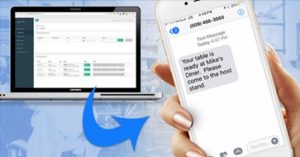
Figure 2: The Ready Text app
The next generation of “pagers” has moved to text messaging on smartphones and other devices. These applications (which range from $300 to $500 per year on subscription) allow a diner to sign up for a restaurant’s virtual queue and receive a text message when their table is ready, as shown in Figure 2. When deployed in the healthcare setting, this application has several advantages: it utilizes the patient’s own device rather than the organization’s pager so no need to sanitize, and it can be accessed remotely so a patient doesn’t need to visit the reception desk beforehand.
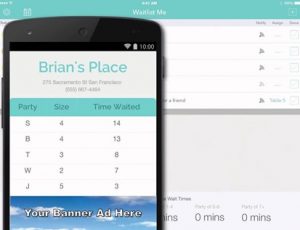
Figure 3: The Waitlist Me app
These applications also offer additional benefits. Although not integrated with the provider’s clinical systems, they can be customized with the organization’s branding. In addition, many of the systems offer options allowing a patient to determine their place in the queue using an initial or two to maintain patient privacy, reducing the FOMO affect. There are two schools of thought on allowing a patient to see their place in line. For clinics and medical offices where patient flow is relatively linear, this is regarded as a good idea and increases patient satisfaction. For non-linear flows, such as an Emergency Department where one’s place in line changes as new patients with higher acuities arrive, this is regarded as a patient dis-satisfier.
Both of the examples cited above have the advantage of being able to be deployed quickly with little to no impact on an organization’s other operations, which is ideal in the current climate where many institutions are scrambling to find solutions to address the physical distancing limitations that are expected to remain even after stay-in-place has been lifted. However, as mentioned above, they are not integrated with the institution’s patient portal and registration systems.
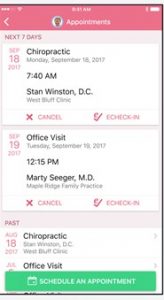
Figure 4: EPIC’s MyChart smartphone app
We are designing the next generation of medical office buildings and outpatient clinics to address these concerns. In a next-generation facility, if a patient needs to physically visit the building, they will self-check into their exam room without needing to visit a registration desk or spend time in a waiting room or similar space with other patients. Instead, they will check in remotely from home or using their smartphone (as shown in Figure 4), confirm their appointment time, and then make their way to the clinic or doctor’s office. On arrival, the system gives them the number of the exam room they should use and, on arrival at that room, they will use their smartphone to unlock the door, ensuring privacy and security (see Figure 5).
These next-generation applications offer many significant advantages over stand-alone alternatives. They can be integrated with the institution’s smartphone app, allowing seamless coordination with registration, scheduling, and billing systems. They eliminate the need for large waiting areas, which helps with infection control and provides increased privacy. Some organizations are taking advantage of getting this space back by planning for demonstration kitchens for healthy eating, nature walks around the outside of the building, and other educational opportunities for their patients – all appropriately physically distanced, of course.
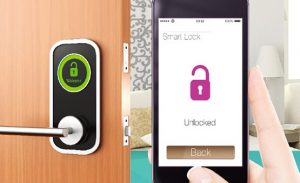
Figure 5: Smartphone integration with locking hardware
There are a few hurdles to overcome. Each patient using this system requires a smartphone and access to the app, so alternative accommodations will be required for that percentage of the population who do not have, or choose not to have, access to the app. This type of application can also be seen to be somewhat distant and faceless, and so providers are planning to have greeters to add a human touch to the process.
In addition, for this system to function at its most efficient level, the building requires a comprehensive RTLS or Real Time Location System (to manage the availability of exam rooms and staff, and to coordinate the location of patients), the backend integration of the patient app with the registration, scheduling and billing systems, and door locks with smartphone integration. Thankfully, many of the next-generation outpatient buildings are being equipped with these technologies as healthcare providers see the multiple benefits to workflow and process, patient engagement and satisfaction, and staff safety and fulfillment that they offer.
This post was authored by Principal, Phil Crompton, who advises clients on healthcare technology strategic planning and workflow processes. Connect with Phil via email and LinkedIn.
Vantage is an independent technology consulting firm with no ties to vendors, manufacturers and installers. The products listed in this article are meant as an example of the types of solutions we recommend, not the specific vendor type.

